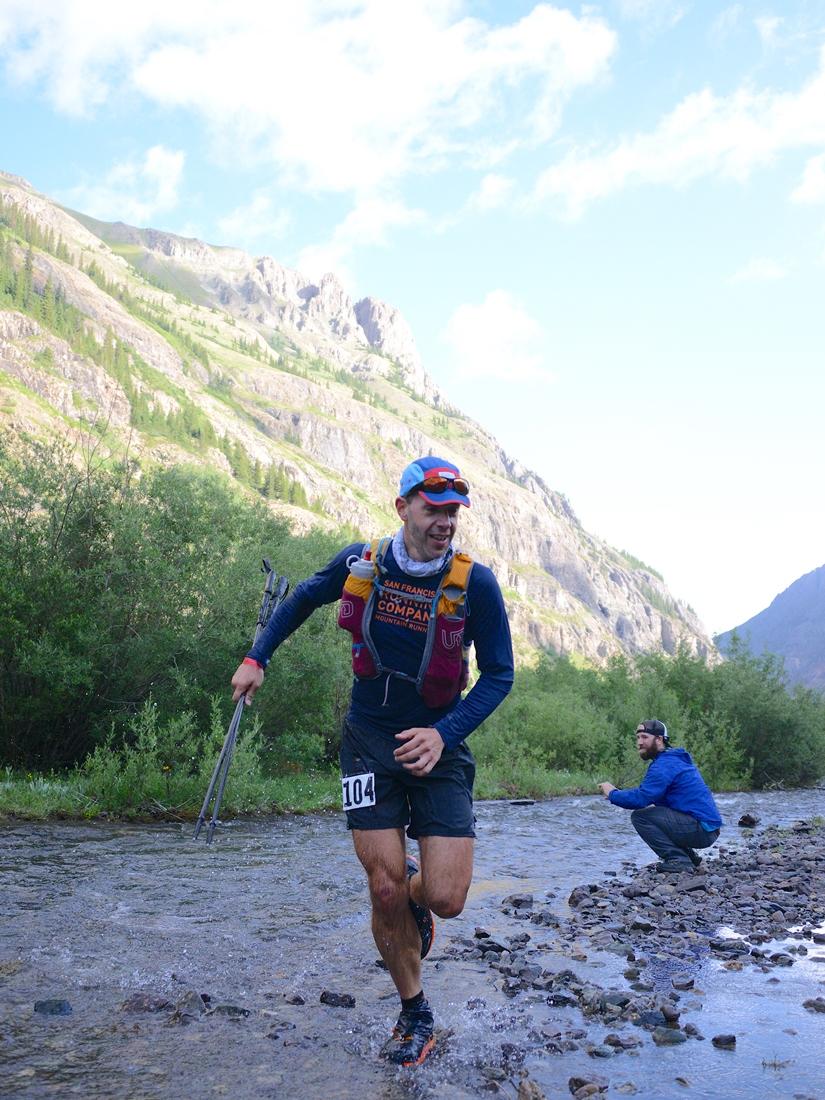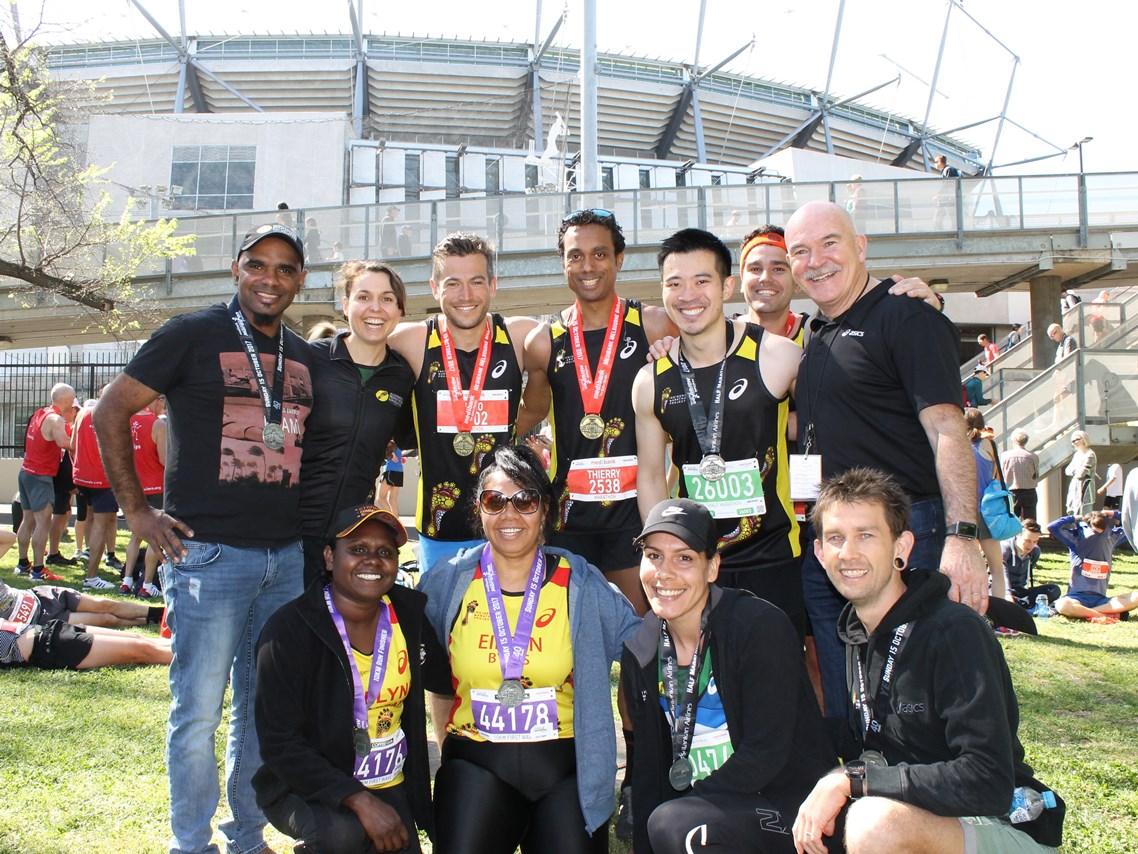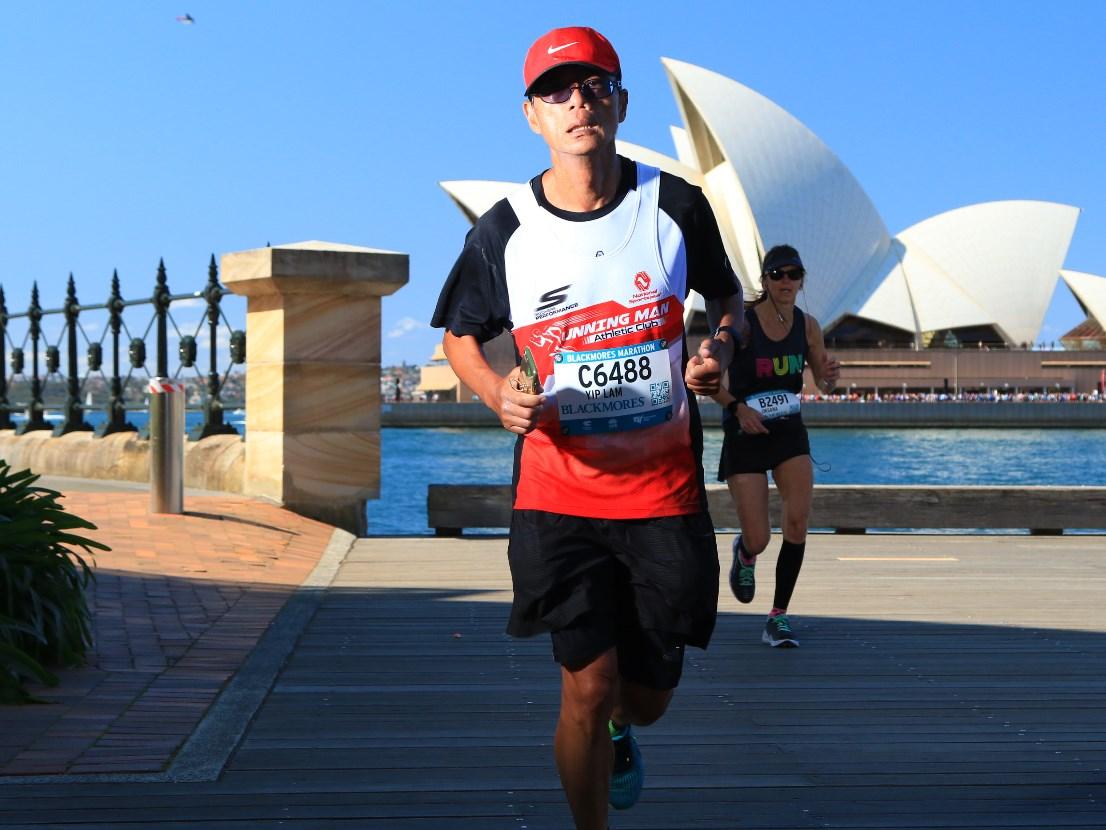Footsteps Across the World
Every day across the CLP Group, employees of all ages take part in a breathtaking variety of sporting and recreational activities. Whether it is a lunchtime run, a yoga session after work, a vigorous game of football, or just a good, brisk walk, taking the time to exercise and work up a sweat makes people happier and more productive. It is good for the health of employees and the company.
CLP recognises the importance of a healthy workforce and the benefits that exercise could bring. That is why CLP has put in place measures and policies to encourage work-life balance. The business case is simple: a healthy workforce means lower medical costs and reduced absenteeism. A caring company that values employees’ work-life balance and promotes family-friendly policies is better placed to attract and retain good employees.
There is no one-size-fits-all programme for exercise, of course. Different business units adopt different strategies to support their employees. Some arrange and sponsor particular activities while others provide a flexible workplace to allow employees to pursue their sporting passions and activities.
However, no one at CLP better exemplifies the benefits of exercise more impressively than our intrepid runners. CLP is home to a community of committed runners who cover every distance and race on roads and trails in different parts of the world. Here are just some of their inspiring stories.
A life transformed
Nine years ago, CLP Power Hong Kong Senior Director of Information Technology Andre Blumberg weighed more than 100kg and would have struggled to complete a 10-minute workout on an exercise bike. The doctor implored him to change his lifestyle.
So Andre picked up a pair of trainers and started running – and he hasn’t stopped running since, competing in ultra-challenges around the world and providing an astonishing demonstration of how exercise can turn a life around.
“Maybe it was an early mid-life crisis,” says Andre. “I was tired of the nightlife and I was drinking a little bit too much. I was just ready to move on to something else.”
“So a month before I turned 40, I stopped drinking and I changed my diet. After a few weeks, I started to see results. I was very encouraged by the rapid progress I made and I was also feeling fitter.”
Andre took part in his first long-distance race in 2010 when he signed up for the 65-km Round the Island race in Hong Kong. From that point, he kept setting himself increasingly ambitious targets.
“I could never run marathons 10 years in succession because it doesn’t have that element of a stretch target,” he explains. “I am always attracted to events and races where there is a high likelihood that I will not finish. To me, that’s part of the appeal.”
Six months after the Round the Island Race, Andre conquered his first 100-km run, finishing third in the North Face 100 in Singapore. He signed up for races in the US and Germany. In 2013, he completed one of the most grueling endurance challenges on earth – the Grand Slam of Ultrarunning, in which athletes run four 100-mile (160-km) US races back-to-back in 10 weeks.
In 2012, Andre created the Hong Kong Four Trails Ultra Challenge (HK4TUC), which involves running the MacLehose, Wilson, Hong Kong, and Lantau trails in reverse, covering a staggering total of 298km. He was the only one who completed it in the first year. This year, 30 runners took up the challenge and two completed it within the 60-hour target while five finished in under 75 hours.
Andre says he created the challenge because he was told it could not be done. “I was slightly disappointed when I proved that it can be done,” he admits.
The HK4TUC is not commercial or an elite sport. It is something Andre devised to give something back to the world of running, which has had a fundamental impact on his health and his life.
“I love running, and it’s not just from a health perspective,” he says. “In a place like Hong Kong, where life is very stressful and fast-paced, it’s very important to me.”
“I am a man of extremes. I find it very difficult to be in balance. Before, I worked hard and partied hard. Now, I work hard and run hard.”
Leading by example
Bianca Graham had a very special motivation for running the New York Marathon in 2011. She was part of the first team of Australian indigenous runners who completed the challenge.
Bianca, who works with EnergyAustralia’s community and sponsorship team, was chosen by the Indigenous Marathon Project to run the marathon and was determined to be a role model for Aboriginal and Islander communities.
“I was so proud to be one of the first Australian Aboriginal and Torres Strait Islander women who completed the New York Marathon. It was a moment in time I will never forget,” she says.
Since then, Bianca has run marathons in Frankfurt in 2013, Tokyo in 2016, Boston in 2016, and Berlin in 2017. She is currently training for the Chicago Marathon in October.
Bianca now works in Melbourne, where she is incentivised by her energetic co-workers to keep running. “It was so good seeing so many active colleagues when I joined EnergyAustralia and it’s great to be in a workplace that fosters a healthy lifestyle,” she says.
Life’s long race
To Yip-lam knows better than anyone that life is a marathon, not a sprint. As a seasoned Trailwalker competitor, he decided to run his first marathon in 2015 – a year before his retirement and two years after his doctor told him he had a heart problem.
The former Deputy Director of the CLP Power Academy in Hong Kong has since taken part in nearly 20 races in Hong Kong, Japan, Korea, and Australia. He says his experience has been an inspiration to the trainees he taught.
“I always told apprentices at the academy that there is nothing you cannot do, but only things you are not willing to do,” he says. “If a man like me in his 50s can pick up a new sport, why can’t a young man do the same?”
Some of his family members as well as former colleagues and classmates have followed in his footsteps and the devoted runner has set up an online social community to share his enthusiasm for marathon running.
“I began my journey of running marathons with the help of online research, so I want to share my feelings and experiences with the rest of the world through the social media,” he explains.
Beyond the finish line
Similarly, Wei Jingcan, an operator in the Production Management Department at Fangchenggang Power Station in Mainland China, started running when he was about to turn 30 for a simple reason – to keep fit.
He joined the Fangchenggang Joy Run Club in 2016 and discovered the camaraderie of the running community. He began with a 5-km run and then stepped up to a 10-km run.
At the end of 2016, Jingcan took part in his first half-marathon and midway through the race found an exhausted female runner lying on the ground. He and his fellow runners gave the woman first aid and stayed with her until paramedics arrived.
The delay meant Jingcan was only able to complete the race in two hours and 15 minutes, but that did not lessen his enjoyment. Instead, he found solace in a quote from Japanese writer Haruki Murakami, who said: “The finishing line is just a reference mark. It doesn’t carry much meaning itself. What counts the most is how you come along the way. The same applies to life.”
To learn more about CLP’s connection with society, please check out the latest issue of CLP.CONNECT.





